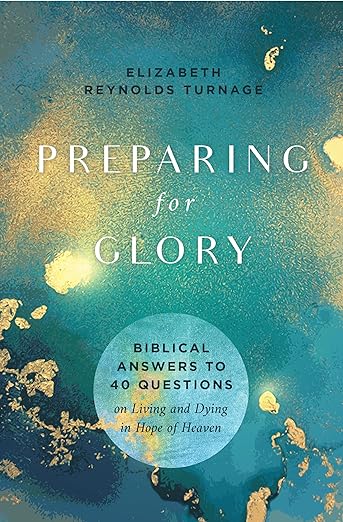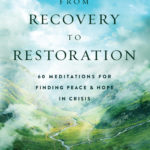Writing to Heal 2: How the Story Turns
Writing to Heal 2: How the Story Turns
Tuesday I told the first part of a “story of humiliation.” Here, the story continues, and I show you how it changed.
Shame, Fear, and the Desire to Disappear
Now I felt really stupid. I know the better word for my feeling was “shame,” but “stupid” reverberated. Being the wordophile I am, I began mentally rehearsing all the words or phrases that described my desire to disappear…I wanted to… “vanish from the face of the earth,” “sink through the floor,” “shrink away to nothing….”
I fought back the tears I had not really had a chance to weep about my father’s cancer, and I truly feared I might have to run to keep from vomiting my sadness right there on the table in front of these women who (I felt) didn’t want to know me.
Time slowed down. Have you ever had this happen? I’m guessing my season of hot shame and fear lasted maybe – 5-7 minutes?? Maybe less. But it felt like being in a movie played in half-time.
A Way Out
Eventually. Somehow. I really can’t remember, I entered the conversation of the women on my left, who were quite welcoming and friendly once they realized I was alone. As we conversed, I occasionally felt remainders of shame lingering on my skin, like thinking you’ve cleaned a mess up but missed some spots.
BUT/AND… I was able to enjoy these delightful women, who all happened to be in a similar age and stage of life as me – which was cool, because we were definitely in the minority:-)!
Here’s the good news: those 5 awful minutes did not kill the whole weekend. In days past, it could have. I could have just hunkered down in shame, crawled inside myself, either metaphorically, or literally, remaining in my room much of the time.
Instead, I continued to reach out and risk introducing myself. In the six meals remaining, I met wild and wonderful women writing for the sake of glory in vastly different arenas – single moms, moms of four little ones, a musician with my same last name (which is rare!), even a woman whose father-in-law had received the same diagnosis as my dad.

- Writing to heal.
I’ve spent long seasons writing and processing deeper stories of shame in my life with good counselors, coaches, and community. This story work has helped me know how to name what is happening DURING such a story, to identify how I’m feeling, and to pray in the moment.
- Sharing in safe community.
I’ve learned — isolation is death. I mentioned I had asked friends and family to pray specifically for me about meeting people.
After the meal, I checked my phone (yes, that would have been an easy default during the terrible moments, but I didn’t go there ;-). My youngest son had texted me, asking how it was going. I responded with a short paragraph describing the “middle school cafeteria experience.” His brief response wrapped kind words around the hurting place in my heart:
“I’m so sorry, Mom. That’s the worst. I know how that feels.”
“I know how that feels.” Empathy. The word breaks down like this:
em – in
path – pathos – feeling or suffering.
We desperately need others to feel with us.
I’ll be honest. After I posted Part 1 of this story yesterday, I struggled with doubts…will this be misread? Will people think I’m playing the victim? Will people think I’m overthinking this?
But through the day, tweets, texts, and emails came in that affirmed – many of you needed to hear this story – to know you’re not alone. And you let me know I was not alone. Empathy.
- Writing the story to wrestle with God over it.
I didn’t have long writing time at the conference, but I took 15 minutes that night and the following day.
I wrote my story as a prayer to God.
Expressing my pain… “Ouch. That hurt. Where were you?” (Even as I sat at the table that night, the Holy Spirit brought to mind these words…”He was despised and rejected…” When we struggle with shame, it is good to know that the one who experienced the deepest shame is right there with us! Right? Isn’t that amazing?!!
Asking God to search me and reveal my heart (Ps. 51)…
What sin might I have brought to the table – or left with?
I recognized the danger that I would judge the women who seemingly snubbed me. It would have been easy to go to self-righteousness, to say, “I would NEVER do that to someone.” But then I had to ask, “But have I done that?” and know the answer is probably “yes.”
- Living in uncertainty. Settling in some certainty. In many ways, the story is still confusing. I have omitted some of the subtext that made the story even stranger. It’s not time to share that part of the story widely, and perhaps it never will be.
Asking, seeking, knocking about the uncertainty… “God, it seems like your answer to prayers was sort of the exact opposite of what I prayed. What’s up with that?” I still don’t know for sure, but I have some ideas.
Settling in some certainty…There are things I know to be true – because the Bible tells me so.
We follow a trustworthy God. He is working in all stories to bring about his redemption – in the world, in his people, in our circumstances.
I remember this certainty, my favorite verse, which fills me with great hope.
Dear friends, we are already children of God. But he has not yet shown us what we will be like when he appears. But we do know that we will be like him, for we will see him as he really is.” 1 John 3:2








